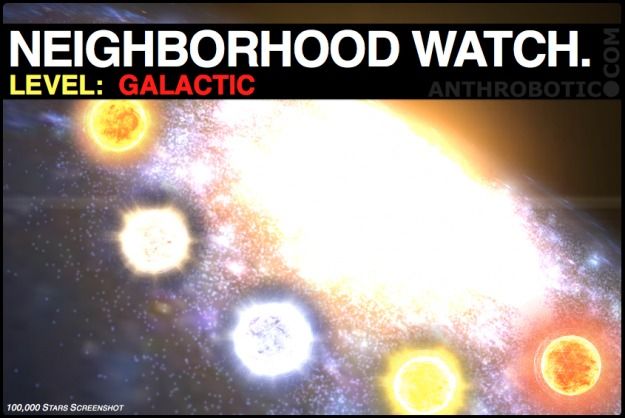To achieve interstellar travel, the Kline Directive instructs us to be bold, to explore what others have not, to seek what others will not, to change what others dare not. To extend the boundaries of our knowledge, to advocate new methods, techniques and research, to sponsor change not status quo, on 5 fronts, Legal Standing, Safety Awareness, Economic Viability, Theoretical-Empirical Relationships, and Technological Feasibility.
In this post on technological feasibility, I point to some more mistakes in physics, so that we are aware of the type of mistakes we are making. This I hope will facilitate the changes required of our understanding of the physics of the Universe and thereby speed up the discovery of new physics required for interstellar travel.
The scientific community recognizes two alternative models for force. Note I use the term recognizes because that is how science progresses. This is necessarily different from the concept how Nature operates or Nature’s method of operation. Nature has a method of operating that is consistent with all Nature’s phenomena, known and unknown.
If we are willing to admit, that we don’t know all of Nature’s phenomena — our knowledge is incomplete — then it is only logical that our recognition of Nature’s method of operation is always incomplete. Therefore, scientists propose theories on Nature’s methods, and as science progresses we revise our theories. This leads to the inference that our theories can never be the exact presentation of Nature’s methods, because our knowledge is incomplete. However, we can come close but we can never be sure ‘we got it’.
Continue reading “The Kline Directive: Technological Feasibility (2d)” »


 It was on a long-haul flight many months ago that I recalled a visit to the National Air and Space Museum [1] to a fellow passenger whom I struck up conversation with. Asking if I could recommend somewhere to visit in Washington DC, I recounted how I had spent an entire day amazing at the collection of historic aircraft and spacecraft on my only visit to that city fifteen years or so previous as a young adult — and as always a kid at heart.
It was on a long-haul flight many months ago that I recalled a visit to the National Air and Space Museum [1] to a fellow passenger whom I struck up conversation with. Asking if I could recommend somewhere to visit in Washington DC, I recounted how I had spent an entire day amazing at the collection of historic aircraft and spacecraft on my only visit to that city fifteen years or so previous as a young adult — and as always a kid at heart.








